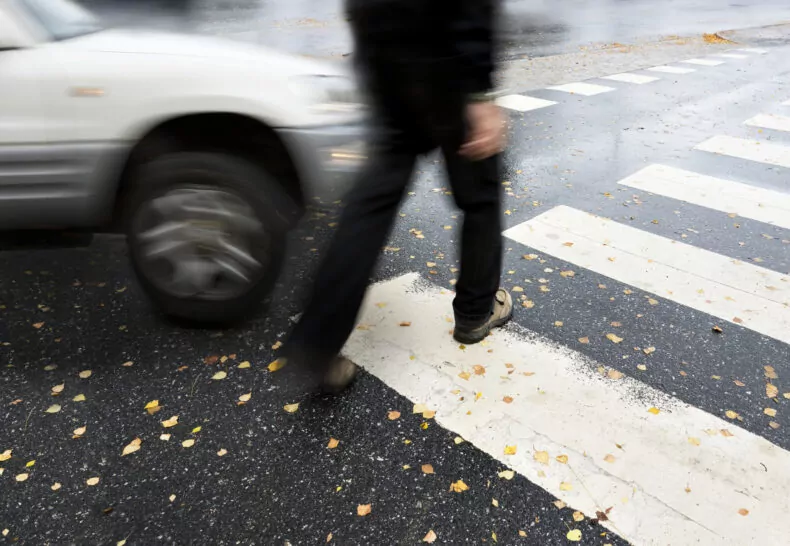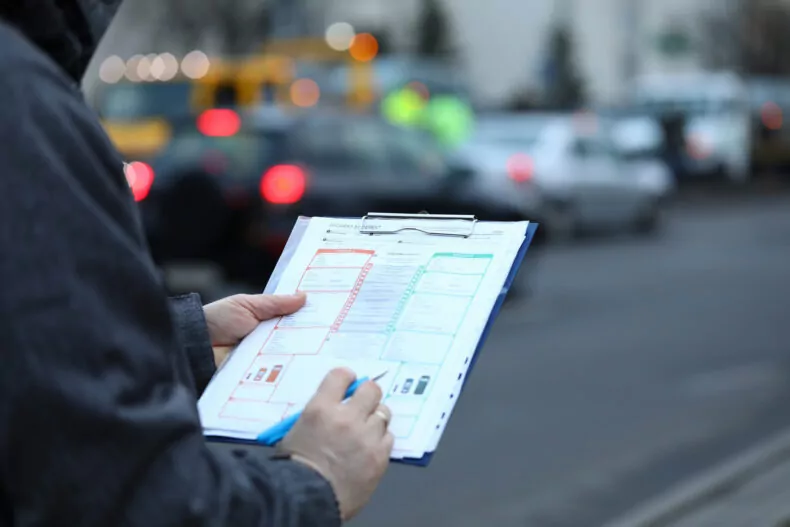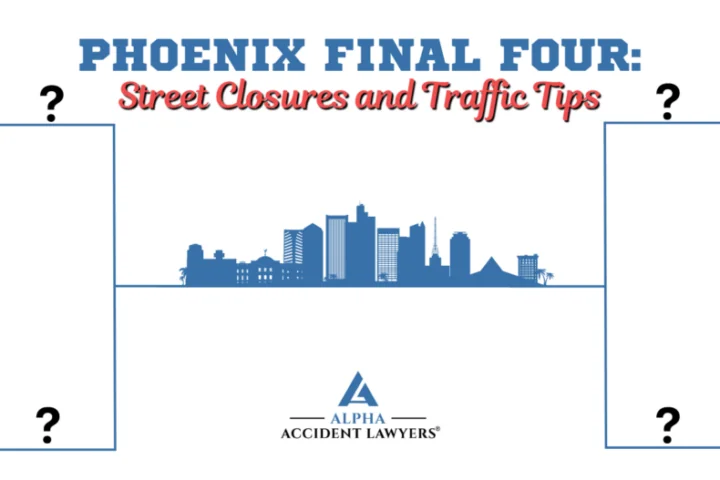Negligence Per Se: Pedestrian Liability in an Accident
Negligent drivers don’t just cause fender benders. Distracted drivers in America killed more than 3,100 people in 2019 and injured 424,000 others.
That’s why states adopt harsh negligence laws. Yet these laws can make it difficult for you to prove your innocence if you are accused of violating them.
In this case, it’s best to familiarize yourself with negligence per se and pedestrian liability.
What exactly is negligence per se, and what are its stipulations? When are pedestrians liable for injuries during car accidents? How can you build a case to establish who is at fault?
Answer these questions and you can defend yourself from negligence accusations. Here is your quick guide.
The Basics of Negligence Per Se
Negligence is the standard that affects the majority of personal injury lawsuits in tort law. Motorists are required to drive safely to avoid harming others. When they fail to follow the law and others get hurt, the victims can recover damages.
Negligence per se relates to cases where defendants violate formal statutes or regulations. The jury automatically assumes that the defendant was negligent because they broke the law. Jurors do not have to consider if the defendant’s actions were reasonable or not.
The victim will need to prove that they were injured as a direct result of the accident. Depending on the damages and the law, the defendant may face criminal charges.
Limitations of and Variations on Negligence Per Se
However, negligence per se is not absolute. The violation of a specific law only applies in a case if the law relates to the situation at hand. If a law discusses workplace injuries but the victim was a pedestrian, the violation does not count.
There are rare circumstances where the jury can examine the defendant’s behavior. The defendant may not have been able to comply with the law. They may not understand the law, or compliance may cause greater harm to them.
Each state has its own regulations for negligence per se. Texas has passed a number of driving laws related to negligence. Before you develop a legal case, you should look into your state and local laws related to negligence.
Pedestrian Accident Liability
During cases where drivers hit pedestrians, it can be very hard for a driver to establish that the pedestrian was at fault. Pedestrians are considered to have the right of way above all vehicles.
If a light is red and a pedestrian has a walk signal, they are allowed to walk across the roadway. It does not matter if the light turns green before the pedestrian has finished crossing the street.
Negligence per se usually sides with pedestrians. Most negligence laws require drivers to be careful and diligent, especially around pedestrians.
Yet, it is possible to establish that the pedestrian was at fault. A pedestrian who was jaywalking bears a degree of responsibility for their injuries.
It is easier to establish liability and fault if you live in a state with comparative negligence. You can limit the money you have to pay if you prove the pedestrian was 10% or 20% at fault for their injuries.
Building a Case
You can contact a lawyer to defend yourself in a negligence case. You need to start collecting evidence immediately after you get into an accident.
Gather Physical Evidence
As soon as an accident occurs, you should call 911 and get medical attention. You should also take out your phone and start taking photographs. Take a photo of where the pedestrian was standing, where your vehicle was, and what the road conditions were like.
You can make an audio or video recording of yourself talking about what you saw. You should get other witnesses on camera and document where they were standing.
If your vehicle gets damaged in any way, you should bring it to a repair shop. This will let you get formal documents that show what the damage was like. You can use these documents to get compensation for repairs and build your defense.
Refer to the Law
To refute negligence per se, you have to show that a safety law violation did not occur. Physical evidence can show you were not speeding or driving recklessly before the accident.
You should refer to the law that you are accused of violating.
Identify if there is evidence that the pedestrian was violating a law and caused the accident. Jaywalking is an offense in most cities and states. If they were intoxicated, you may be able to assert that they committed a public intoxication or disorderly conduct offense.
The Essentials of Negligence Per Se
Negligence per se makes it hard for drivers to defend themselves. If you violate a particular law and someone gets injured from that, the jury will assume you bear some degree of responsibility.
But they must show that the violated law applies to your situation directly. You can show that they have a degree of responsibility as well, which can reduce the damages.
The key is to build a good case with physical evidence and witness statements.
Alpha Accident Lawyers can help you with your pedestrian accident case. Contact us today.





